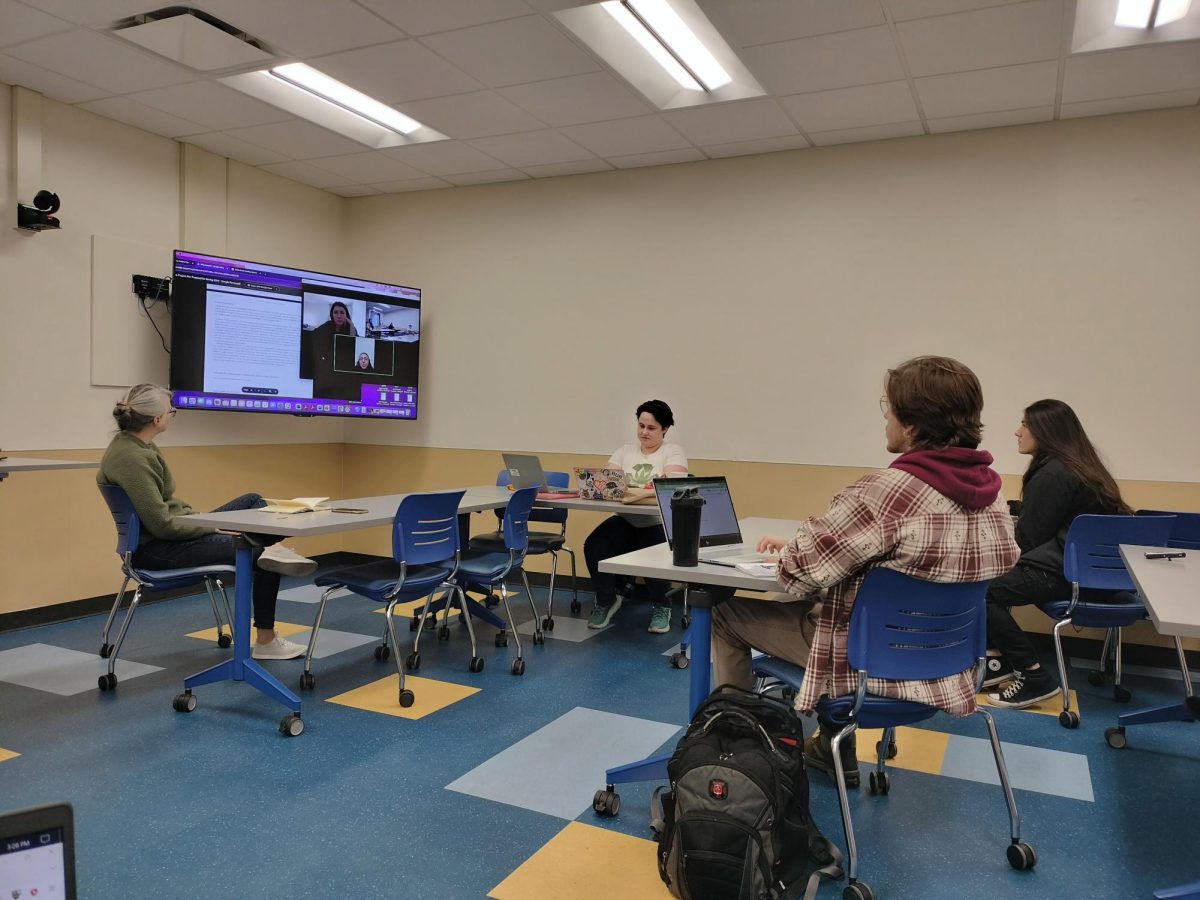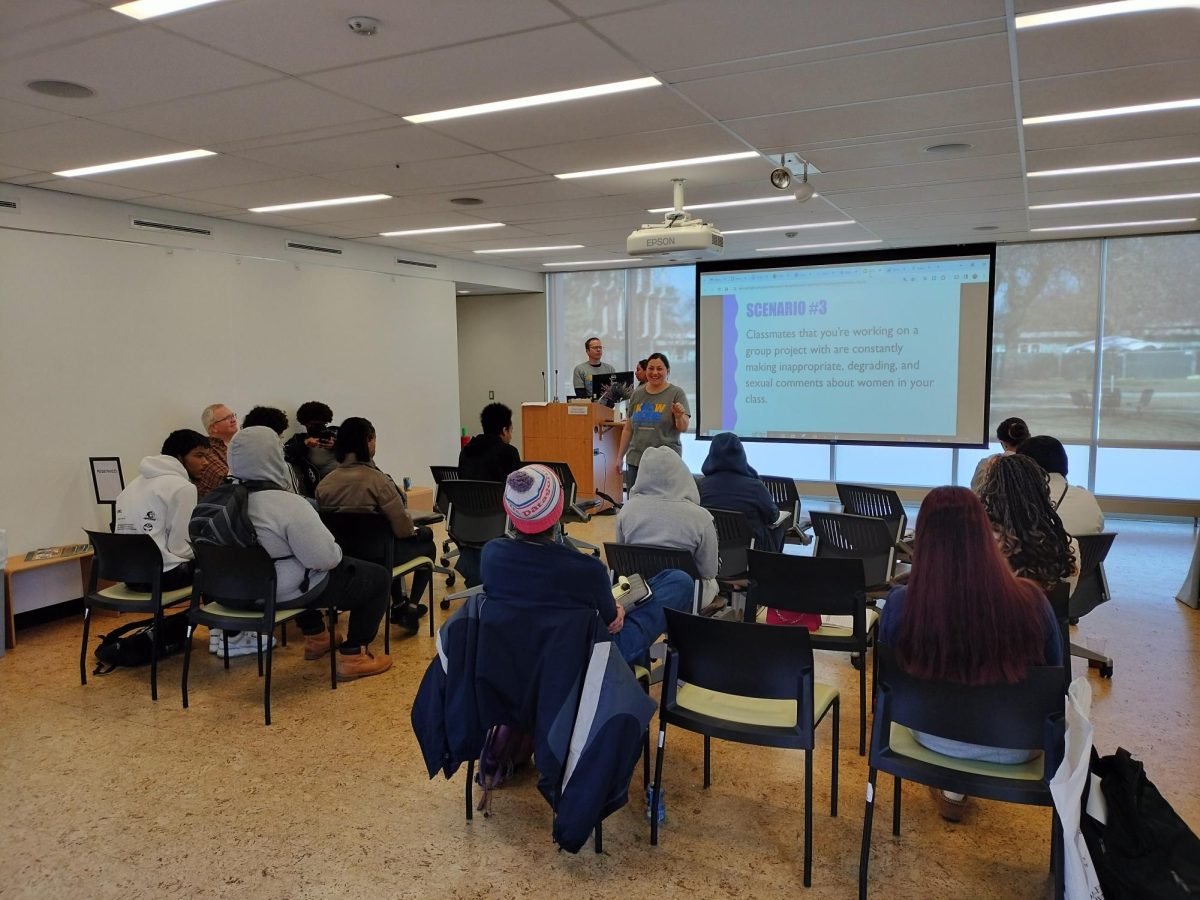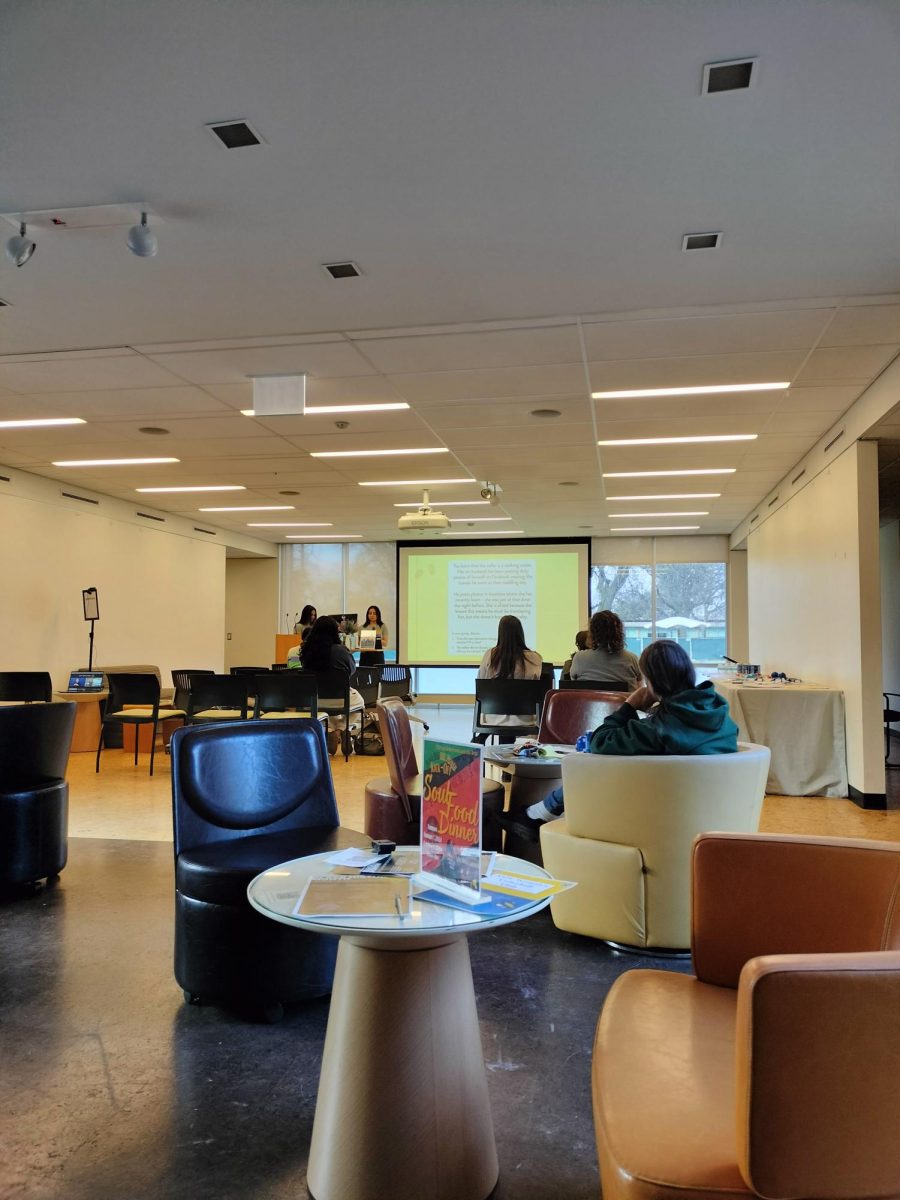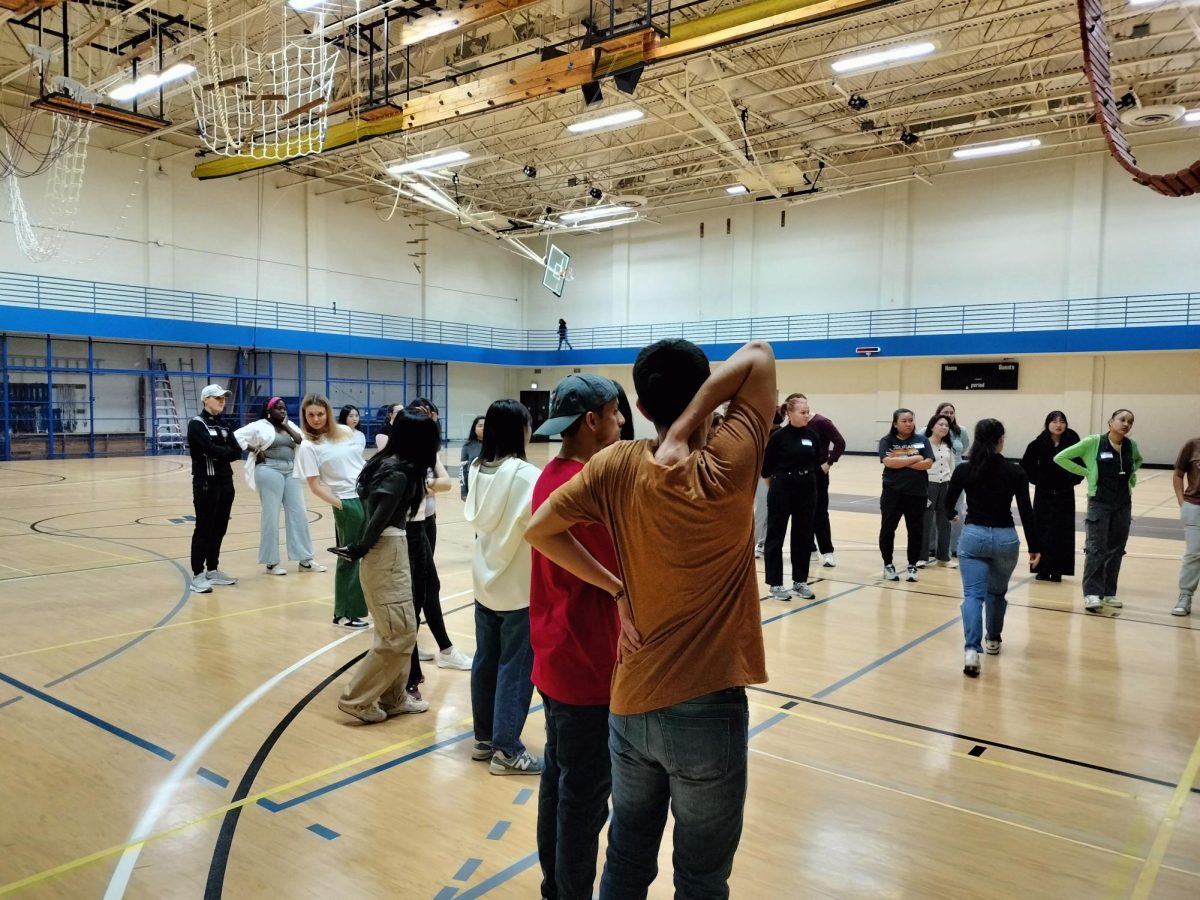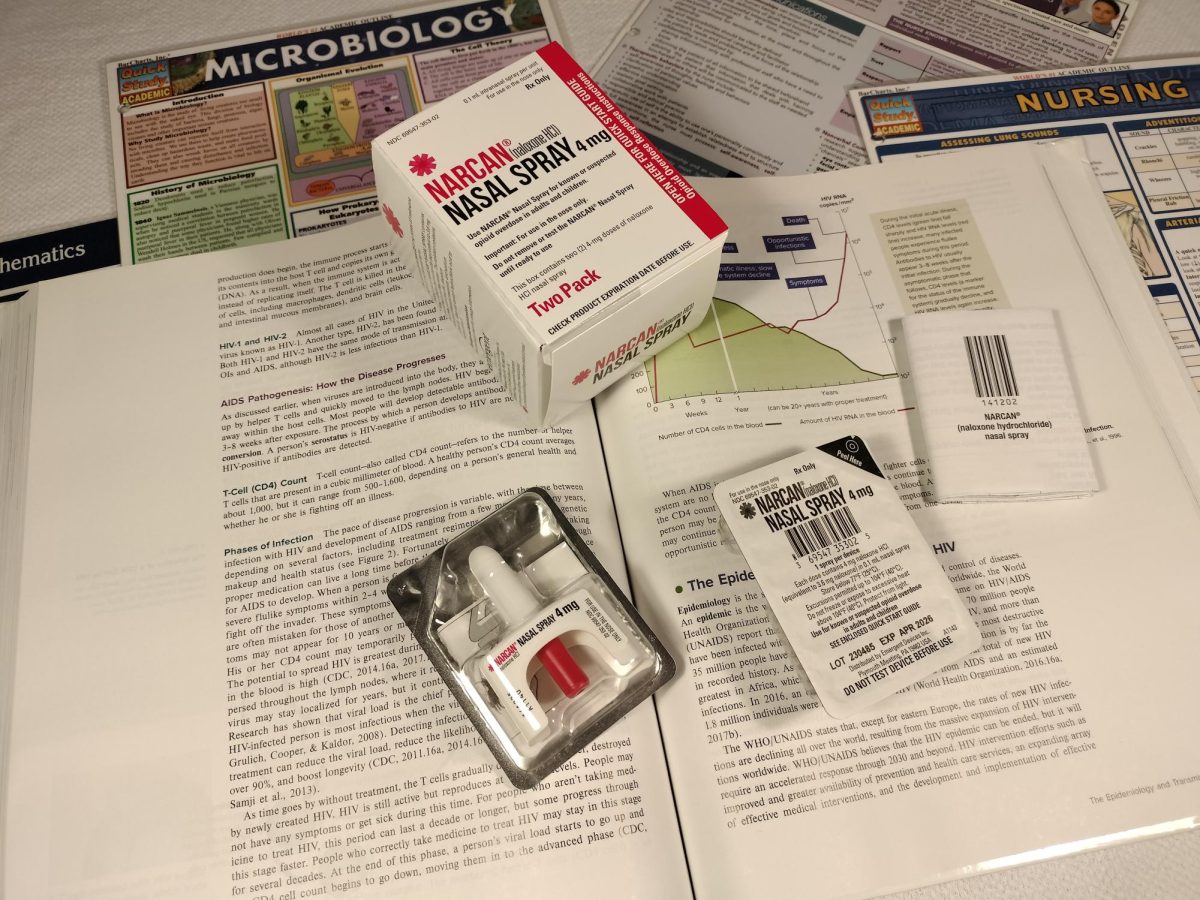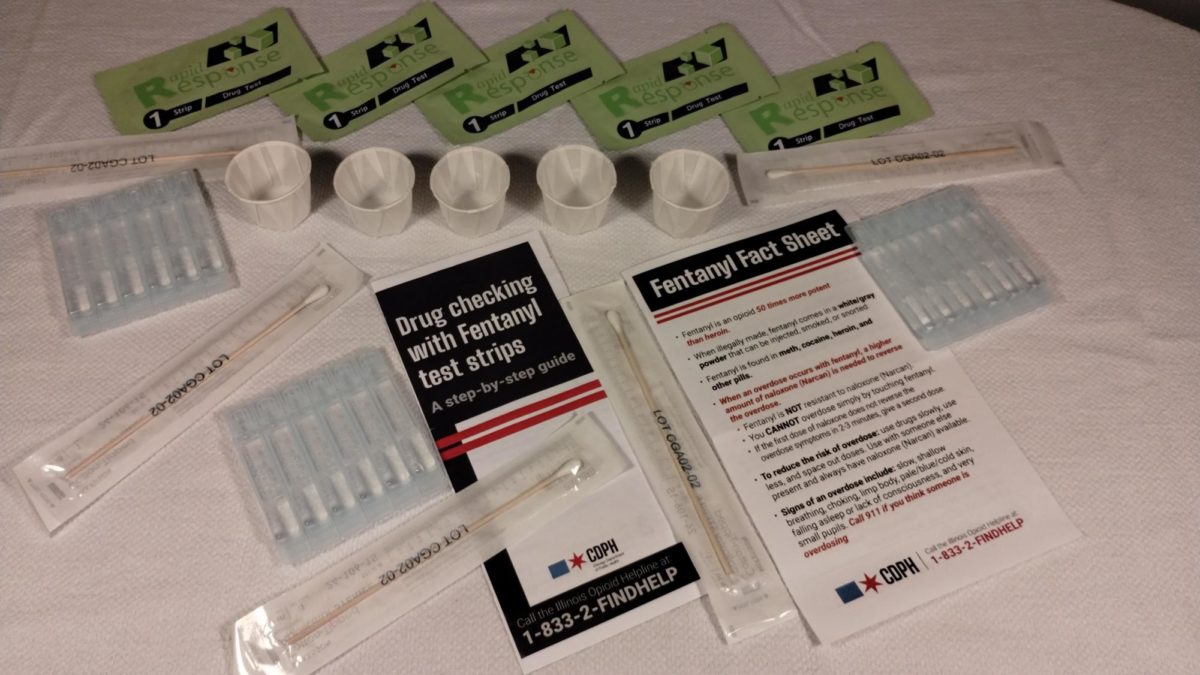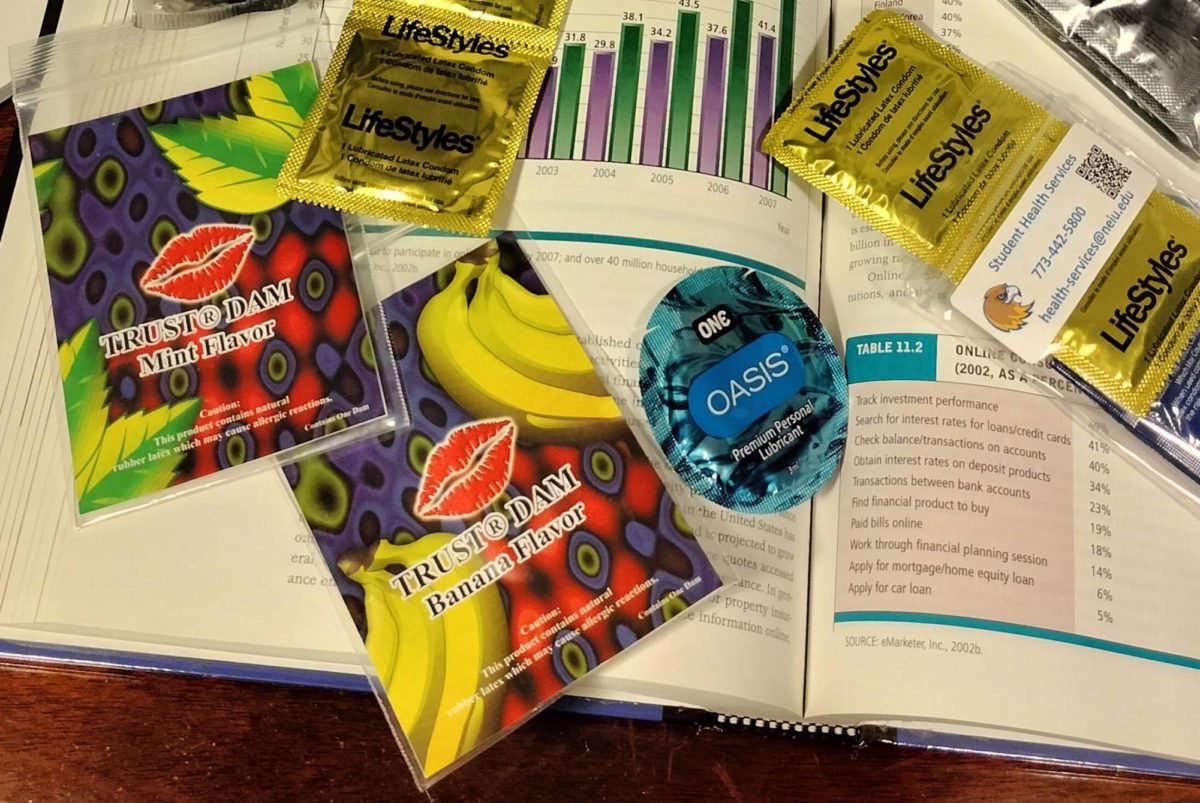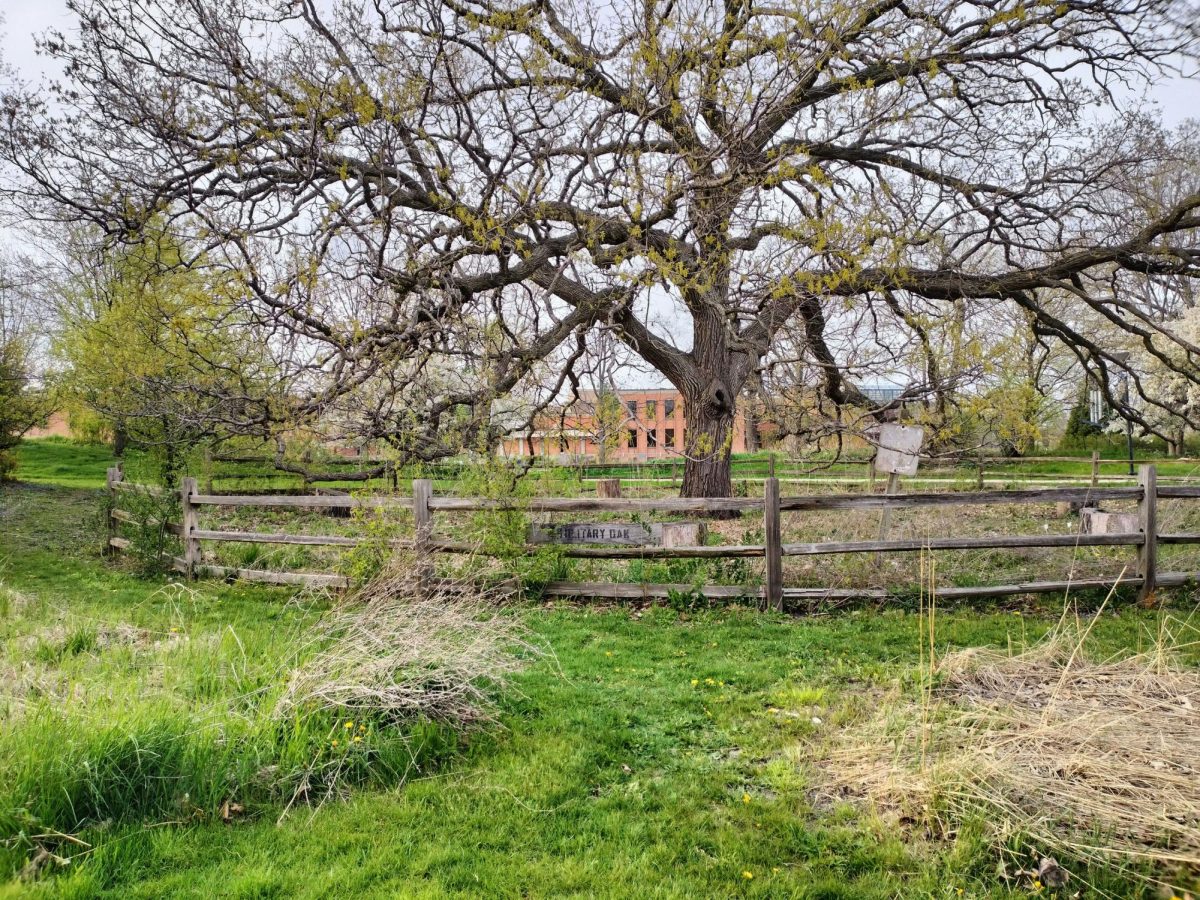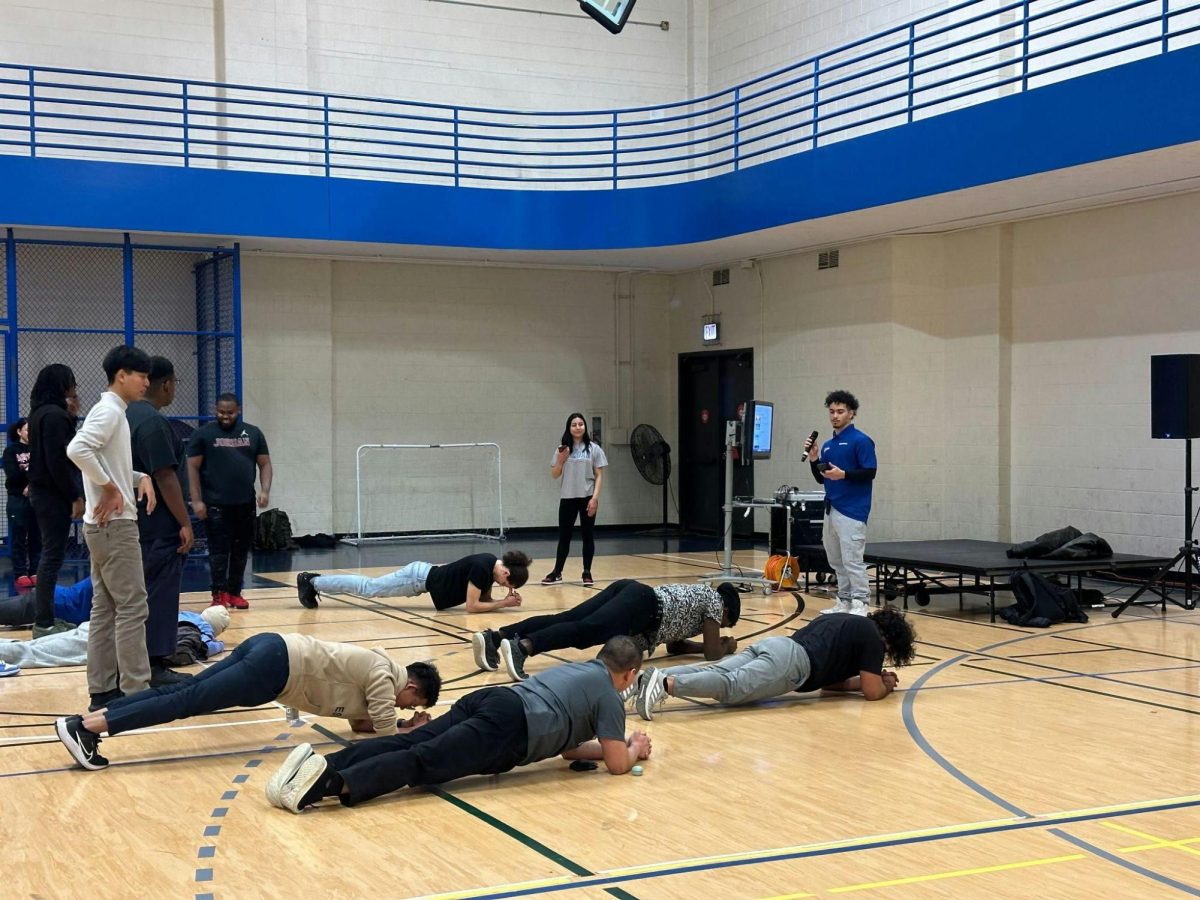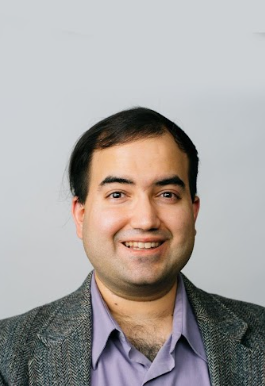On Mon., Jan. 29, 2024, the Green Fee Committee (GFC) convened for its first phase of pre-proposals to discuss the pursuit of three ideas that enhance the environmental health status of NEIU. The meeting set the stage with sustainable and student-led initiatives. The meeting met in person in BBH 325 and via Zoom and brought together faculty advisors, student representatives and environmentalists. Throughout the meeting, GFC members engaged in thoughtful discussions and brainstorming sessions.
Typically, all pre-proposals are invited to the full proposal stage as long as they are reasonable, feasible and do not cost six-figure dollar amounts. Facilities management is usually helpful in pointing out whether a sustainability initiative is truly possible to commence. However, facilities management was not present at this meeting. The current green fee budget is approximately $44,000.
Vice Chairperson of the GFC Noah Hunter began with introductions of committee members: Secretary Isaiah, Student Government Association (SGA) President EJ Schumacher, GFC Faculty Advisor and Assistant Professor of Early Childhood Education Dr. Lindsay Maldonado, and three presenters of proposals.
Last year, the green fee funded the design of the screens on the glass corridors to prevent further bird deaths. While the initial funding only covered screen design, concerns over installation costs prompted a new proposal to secure additional funds. Facilities management expressed discomfort in staff and faculty installing it themselves because the screens must adhere to the delicate glass in the hallway corridors. The next phase of the project is a professional installation crew. The current state of the hallway corridors has bird decals stuck to the windows.
The current proposal was created by Dr. Beth Reinke, Associate Professor of the Biology Department. Dr. Reinke’s current proposal is to continue the same initiative, which is to pay for the installation of the screens on the glass of the hallway corridors. “We got [the screens] designed, and then we realized that facility doesn’t feel comfortable with us installing them because the glass panels on those hallways are extraordinarily thin and prone to breaking,” Dr. Reinke said. “The screens can only be installed when [temperatures are] above freezing because they won’t stick to the glass when it’s very cold.”
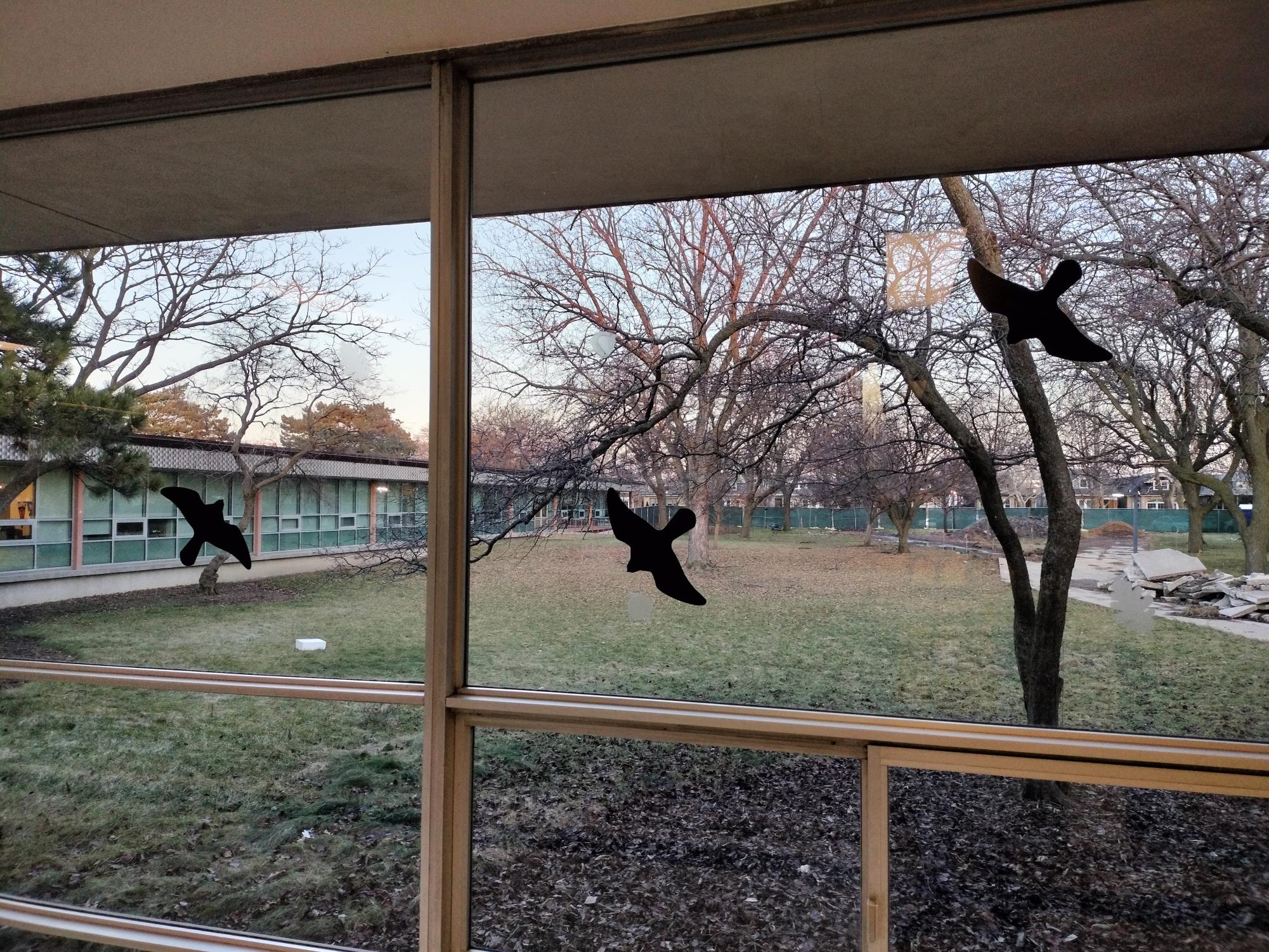
One of the challenges associated with the installation process is that it requires consistently above-freezing temperatures for the adhesive to stick to the glass. Therefore, the timeline for installation will have to be after the spring migration of birds, according to Dr. Reinke. “This is just to pay for the installation which is stupid expensive to put these screens up,” Dr. Reinke said. The estimated cost of the installation of more bird screens will be $7,000, but it could be as much as $10,000. The GFC expressed unanimous support for the project, as they emphasized its importance in preventing bird deaths.
The second proposal was created by Kimberly, the GFC chairperson, and Dr. Maldonado, and it is to use $5,000 as a scholarship fund for the future generation of GFC members or individuals who are interested in an environmental, sustainability or conservation major. It will take the form of a stipend for a student or multiple students on a per-semester basis. Despite some logistical challenges discussed, such as annual funding uncertainties and the need for a possible recurring annual proposal, GFC members praised the proposal’s potential impact and expressed enthusiasm for its implementation.
Kelly Bush, a GFC student representative, has proposed a hydroponics project alongside BBH’s greenhouse and Green Conservation Group’s (GCG) tennis court garden initiatives. According to Bush, the hydroponic project will be a vertical farm with buckets and no water pumps. The hydroponic garden will feature and demonstrate a sustainable farming method without the use of soil. The estimated cost of the hydroponic garden is $4,300. According to Hunter, there will be 21-gallon containers, 5-gallon buckets, lids and pipes. The pre-proposal had a “mention about not needing access to the soil [or] anything like that,” Hunter said.
Proposed locations of the hydroponic garden have been the large exterior windows of the cafeteria, the greenhouse and adjacent to the raised beds of the tennis court gardens. These locations are crucial because windows are needed to let natural sunlight photosynthesize the hydroponically grown plants. The third floor greenhouse in BBH was considered by Dr. Maldonado to be a good spot for the hydroponic farm because it is indoors, secure and safe. Unfortunately, an insufficient number of students have acknowledged the existence of the BBH greenhouse, according to Dr. Maldonado.
According to Arcadio in a paper titled “A Review of the Integration of Hydroponic Agricultural Gardening in Urban Areas and Construction Technology Towards Sustainability,” a traditional urban agricultural hydroponic infrastructure has flowing water running through polyvinyl chloride (PVC) pipes and fittings whereby plant roots dip into the flowing water through holes on the upper surface of the pipes. Then, the water is recycled to the top of the vertical farm through a system of water pumps. Also, the hydroponic infrastructure must be soilless.
For this reason, nutrients, fertilizers and a water supply will require continuous maintenance of the hydroponic setup going into the future. Bush’s concern, going forth, was the hygiene of the water supply due to the possibility of unanticipated setbacks, complications or obstacles like undesired or pathogenic microorganisms colonizing in stagnant water.
The pre-proposal of the hydroponic farm includes groups of students to construct and install it as a way to cut costs. The GFC decided to talk to facilities management about whether or not to pursue the hydroponic garden because it entails building a physical structure that costs approximately $2,000 of the $4,300 total estimate.
Concerns regarding project timelines, budget allocations, and logistic arrangements were addressed. The GFC uniquely collaborated and emphasized the importance of teamwork and communication in achieving the GFC’s goals.
According to GFC Vice Chairperson Hunter, considerations of making GFC proposals into student-led projects have the incentive of lowering the total contracting cost of the environmental project. However, when it comes down to building a new structure, the proposal must be run by facilities management because they are the ones in charge of the construction and installation of physical structures.
Looking ahead, the GFC outlined a timeline for further project development. They planned to finalize details of the proposals and seek the necessary approvals over the next three weeks. A commitment to inclusivity and transparency was evident as members discussed strategies for publicizing project updates and involving the wider student body in sustainability initiatives.
As the meeting adjourned, Hunter expressed optimism for the semester ahead and highlighted the GFC’s collective determination to enact meaningful change. Many projects are on the horizon, and it is fueled by student passion and faculty support. The GFC sets a promising course towards a greener and more sustainable campus community. According to Dr. Maldonado, the second phase of GFC proposals will reconvene for a public meeting on Friday, March 8, 2024, at 11 a.m. in BBH 325 and via Zoom. Pre-proposals will not be accepted until the start of the next academic year, which is August 2024, according to Dr. Maldonado.






